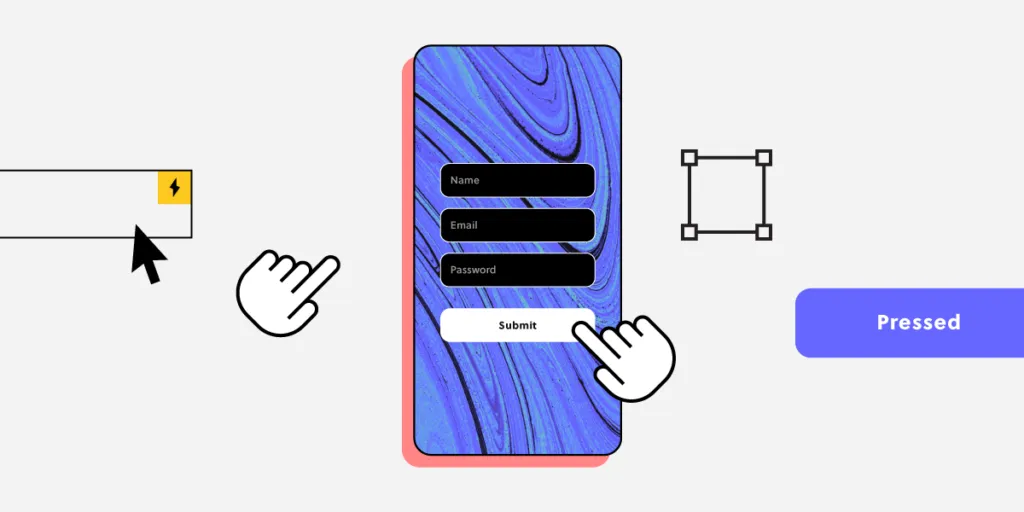Demonstrate the Ability to Articulate the Purpose and Functionality of the Prototype

Demonstrating the ability to articulate the purpose and functionality of a prototype involves clear communication and a deep understanding of the prototype's objectives and features. Here are some steps you can follow to effectively demonstrate this:
1. Understand the Prototype: Before you can articulate its purpose and functionality, you need a thorough understanding of the prototype. Study its design, features, intended audience, and the problem it aims to solve.
2. Identify Key Objectives: Determine the primary goals of the prototype. What problem does it address? What are its main functionalities? Understanding these objectives will guide your explanation.
3. Prepare Talking Points: Create a list of key talking points to cover during the demonstration. This could include the problem statement, how the prototype addresses it, notable features, and any unique aspects that set it apart.
4. Use Clear Language: When explaining the purpose and functionality, use language that is simple, clear, and jargon-free. Avoid technical terms unless you're sure your audience understands them.
5. Provide Context: Give your audience context about why the prototype was developed and who it's intended for. Understanding the background can help them grasp its significance.
6. Demonstrate Features: If possible, walk your audience through the prototype, demonstrating its features and functionalities in real-time. This can help them visualize how it works and understand its usability.
7. Highlight Benefits: Emphasize the benefits of the prototype. How does it improve upon existing solutions? What value does it provide to users or stakeholders?
8. Address Questions: Be prepared to answer questions about the prototype. This demonstrates your depth of understanding and allows you to clarify any uncertainties.
9. Use Visual Aids: Visual aids such as slides, diagrams, or interactive demos can enhance your explanation and make it easier for your audience to follow along.
10. Practice and Refine: Practice your demonstration beforehand to ensure smooth delivery. Pay attention to feedback and refine your presentation as needed.
Now, view the following video to get a better understanding on generating and adapting ideas based on feedback.
